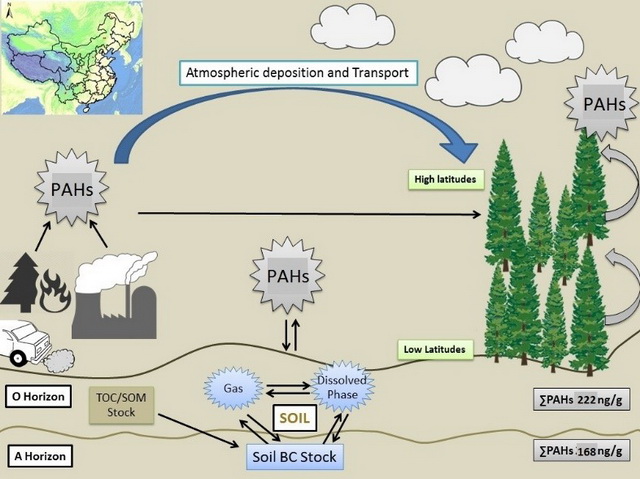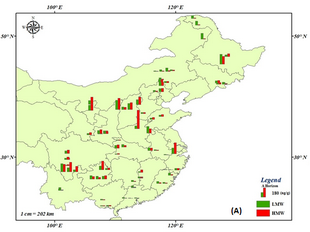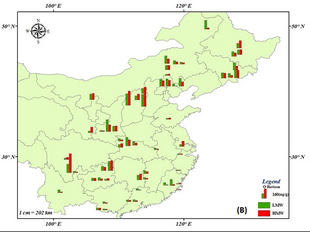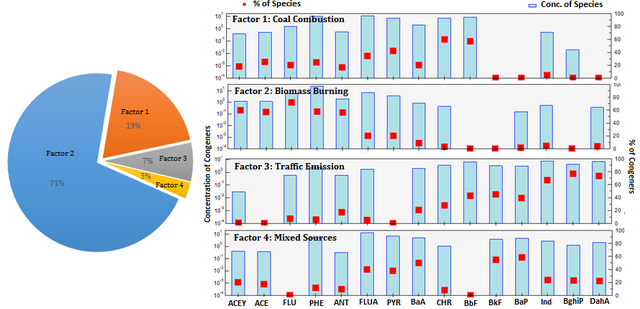Forests have been suggested to play an important role in maintaining the balance of environment by preserving biodiversity and nature. However, air pollution caused by release of harmful chemicals and pollutants could cause deposition of these contaminants in forest soil. In result forests act as reservoir of especially high-molecular organic pollutants due to enrichment of soil organic matter in these soils. A recent study by State Key Laboratory of Organic Geochemistry, GIG CAS led by Dr. Jabir H Syed, studied the profile composition, spatial variations and source apportionment of Polycyclic aromatic hydrocarbons (PAHs) in Chinese forest soils from 30 mountains. In this study authors explained that that forest ecosystems of China are major sites for the accumulation of PAHs. The 143 soil samples collected from 30 mountains showed significantly higher levels of Σ15PAHs (ng g−1 dw) in O-horizon (222 ± 182) and A-horizon (168 ± 161) of soils. A progressive increase in the levels of lighter PAHs was observed along altitudinal gradient, however heavier PAHs did not show any variations. Source apportionment models (PMF and PCA) were also used and they revealed that PAHs in forest soils mainly come from local biomass burning and/or coal combustion in the nearby areas of mountains. Hence the need for regulating and implementing the laws to control the emissions from biomass and coal burning industries else these forests across China would become a potential sink for PAHs in the region.



Figure: Geographical distribution of LMW- & HMW-PAHs across Chinese forest soils (A). A-horizon & (B). O-horizons

Figure: Factor profiles for PAHs sources in Chinese forest soils obtained from positive matrix factorization model



